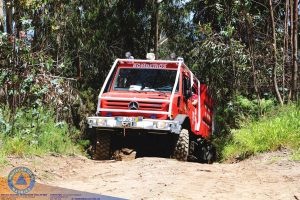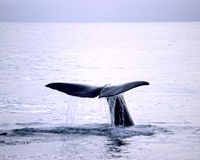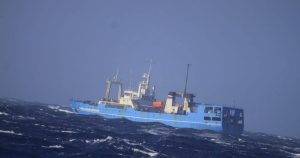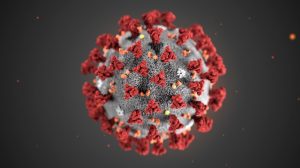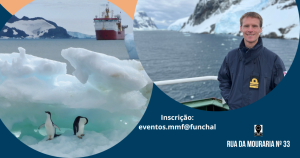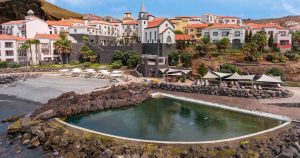It has recently come to light that the majority of Portuguese citizens are unaware of the number of protected marine areas there are, both in terms of the mainland and Portugal’s Outermost Regions (Madeira and the Azores). And for this reason alone, a new virtual “Museu da Extinção Marinha” (Marine Extinction Museum), has been created to help people become more aware of the myriad of species who are in need of protection.
Museu da Extinção Marinha, Project Leader, Gonçalo Silva, is worried about the future, saying that virtual museum’s ‘should have to exist.’ However, over the last two months, the museum opened in August, 7,000 visitors have accessed the site.
What is worrying, he said, is the rate of fish stock depletion, which could mean that people will only get to see marine species in a museum. The trouble is, what the eye doesn’t see, the eye doesn’t miss or actually know about, and most residents have no idea of the number of protected areas there are.
Portugal has more than 70 protected marine areas, which cover around 7% of the Portuguese coastal/ocean areas, according to the Minister of the Sea, Ricardo Serrão Santos, who wants this number to increase to 30% by 2030. Gonçalo Silva considers this percentage to still be too low in relation to what should be protected. Another problem is that there are protected marine areas, that are only protected on paper, as they are too difficult to monitor effectively and efficiently.
The virtual museum, created by architect Ricardo Bak Gordon, is based on information from six of the protected areas, which include Madeira – Garajau Protected Marine Zone, which is home to the Grouper, a species that is already classified as vulnerable, and the Azores, where the common tortoise, who inhabit the natural park of Faial island, are now on the endangered species list.
Those who “take part in a virtual museum visit” can also see the Berlengas Sunfish, now classified as vulnerable. Further areas include the Southwest Alentejo and Costa Vicentina marine park, where you can see Sea Bream, Octopus and Otters. The Arrábida park is home to seahorses, dolphins and marine prairies, while algae and birds can be observed throughout the North Coast protected park.
The museum is part of a larger scientific project called BiodivAMP, which develops tools for monitoring and protecting marine biodiversity in protected areas along the Portuguese coast, and funded by the Sea Ministry and partners such as educational institutions, associations or local authorities.
A researcher at ISPA – University Institute / MARE – Centre for Marine and Environmental Sciences, says that in terms of the amount of marine protected areas, Portugal is “in line with other European countries, and although the Portuguese Government is committed to increasing the percentage of protected oceans, the problem is the time and money spent between idea and execution, and unfortunately, the oceans problems are growing faster than governments move.
However, everyone can play a part in protecting the nations coastal waters, because as consumers you can choose not to eat, for example, shark, ray or slow-growing species as they are not a sustainable choice. “We want to show people that if they continue to ignore their role in protecting the planet and the species living on it, many of our endemic fish, invertebrates, mammals and birds, will end up in a place like this. Take the European Sturgeon, which once existed in Portugal’s waters, and is now extinct. We have to take action, as a community and as a nation, and to start with we have to reduce the amount of effluents entering our coastal waters, as well as avoid habitat destruction, whether this is along coastal regions/margins or the seabed.
In addition to this national campaign, the BiodivAMP project is preparing a Good Practice Manual for the monitoring, management and governance of marine protected areas on the Portuguese coast.
For more information about this project, please access the official website via your smartphone, where technical information on the marine ecosystems of the six national protected marine areas (AMP) is available at: https://mem.areasmarinhasprotegidasportuguesas.org/. 

Samantha Gannon
info at madeira-weekly.com

